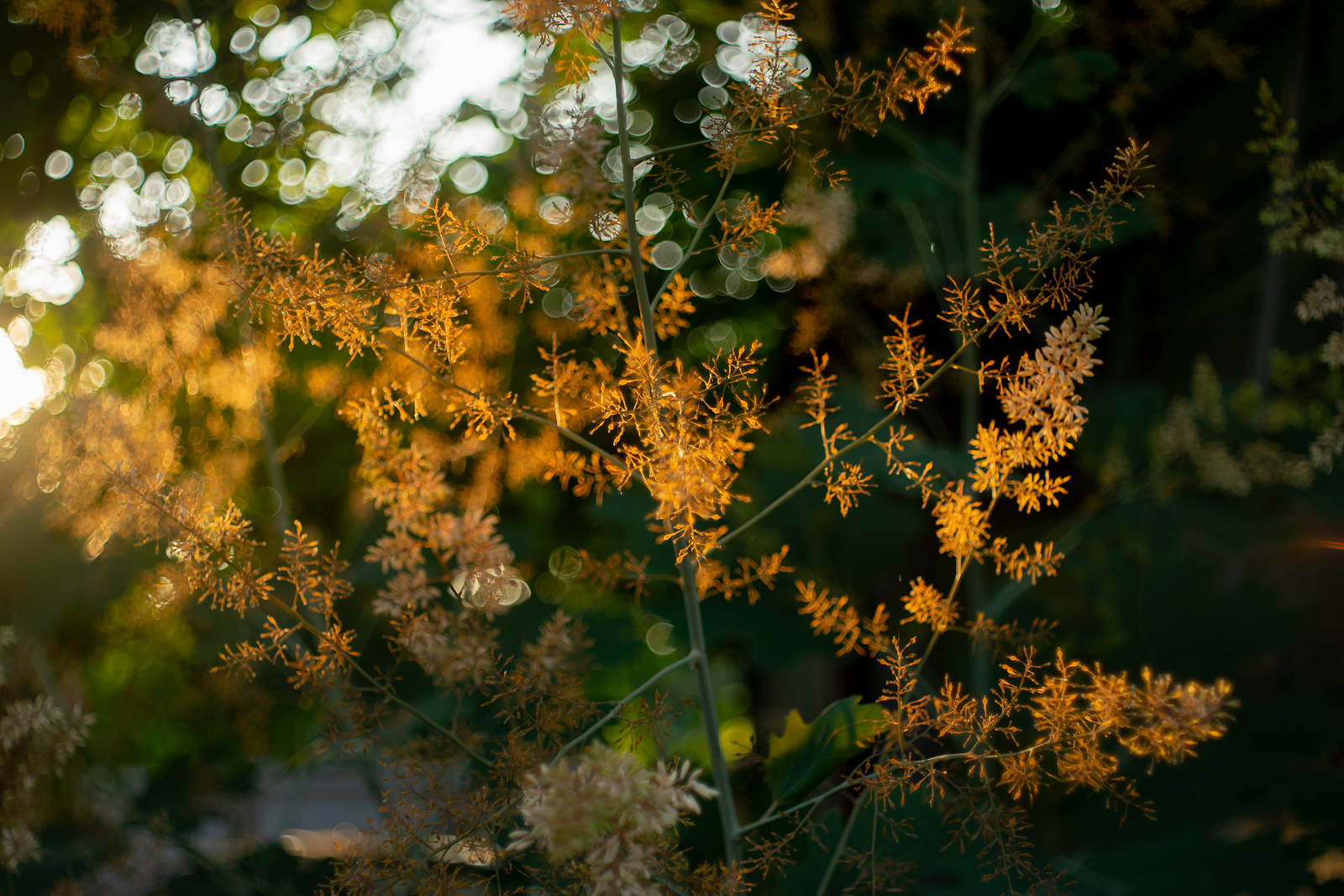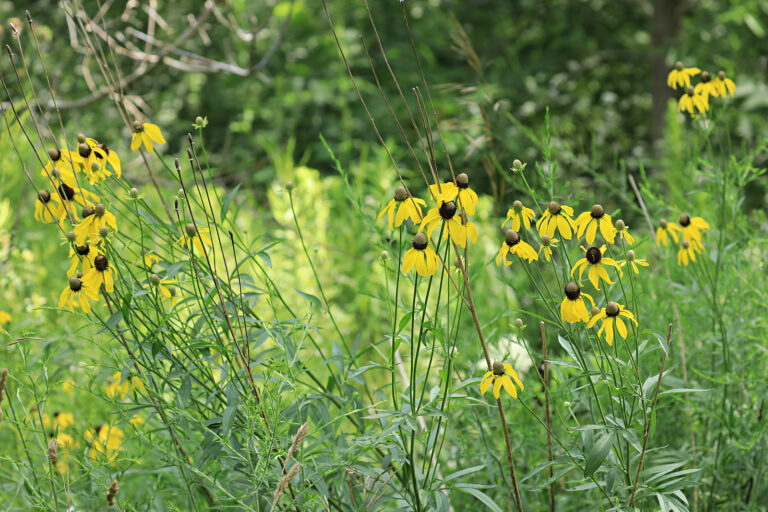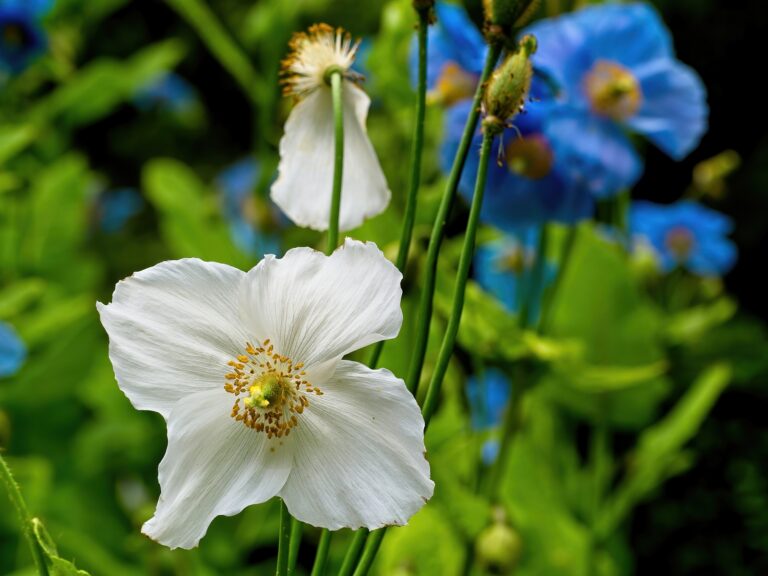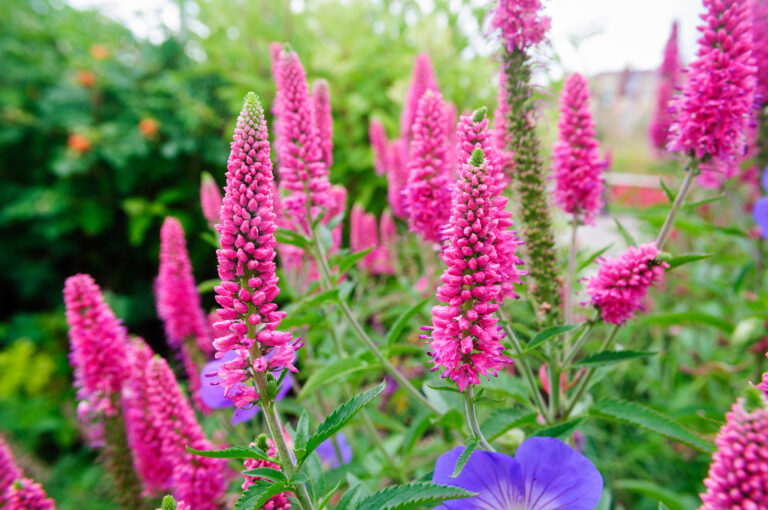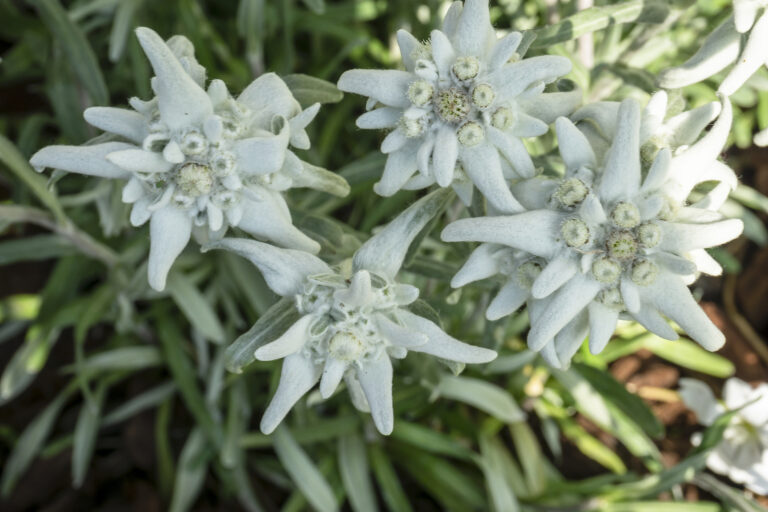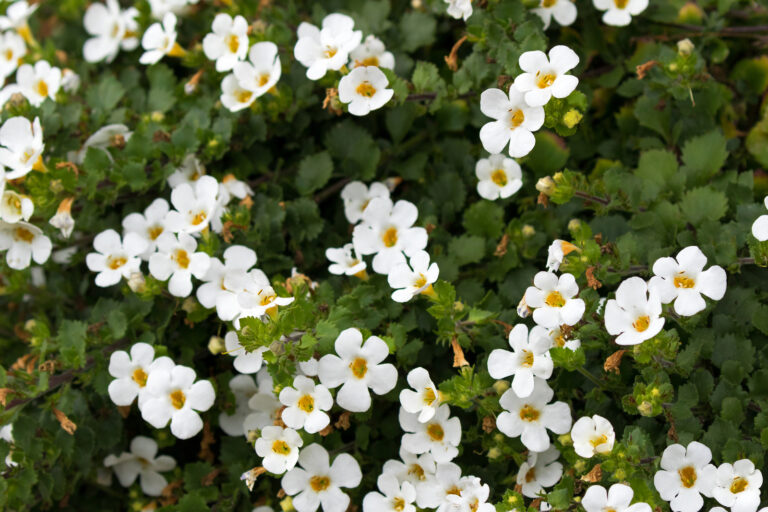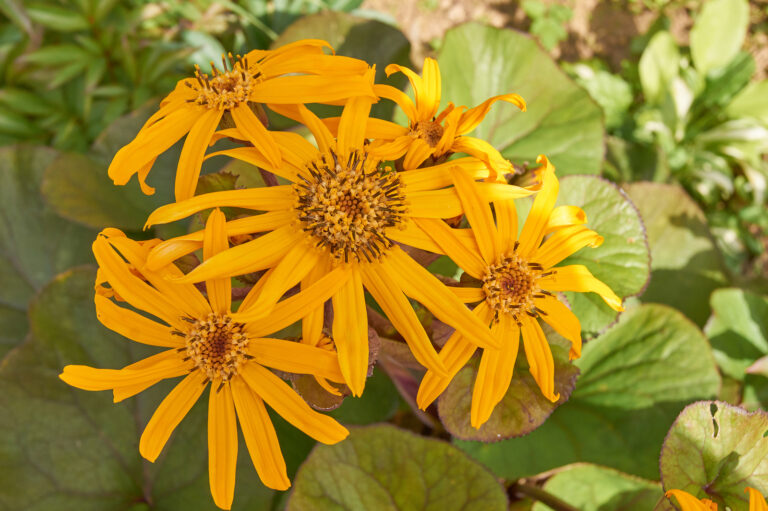How to Grow Plume Poppy — Macleaya
Macleaya–commonly called plume poppy–is a perennial cultivated for its foliage and graceful inflorescences. Erect stems bear heart-shaped, glaucous, gray-green to olive-green leaves. Numerous petalless, tubular flowers are borne on airy, plume-like panicles.
Grow Macleaya in a mixed border or herbaceous border or as free-standing specimens. Macleaya can grow to 8 feet (2.5m) tall; it can be grown along with large shrubs to form a temporary tall screen.
Macleaya is often listed as synonymous with Bocconia; Bocconia is actually a shrubby tropical relative. Both have creeping rhizomes and can be invasive if not controlled.
Macleaya is a genus of 2 or 3 species of rhizomatous perennials. Macleaya is natives to grassy meadows and woodland in China and Japan.
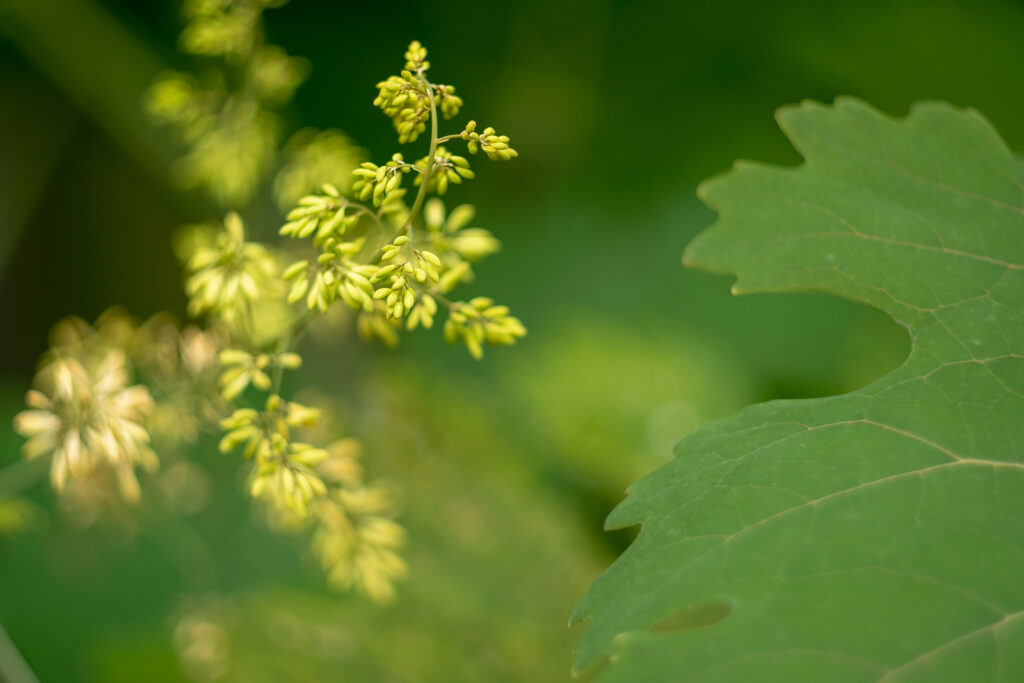
Get to know Macleaya
- Plant type: Rhizomatous perennial
- Growing zones and range: Zones 4 to 9
- Hardiness: Hardy to -30°F (-34°C)
- Height and width: To 8 feet (2m) tall with vigorous spread
- Growth rate: Fast
- Form and habit: Spreading, clump-forming
- Foliage: Erect, glaucous stems bear alternate, heart-shaped, palmately lobed, glaucous, gray-green to olive-green leaves, to 10 inches (25cm) long, with rounded, toothed lobes and prominent veins; stems and leaves exude yellow sap when cut
- Flowers: Petalless, tubular flowers, to .5 inch (1.5cm) long, with 2 or 4 sepals and a cluster of stamens, are borne in airy, plume-like panicles
- Flower colors: White
- Bloom time: Early summer
- Uses: Mixed or herbaceous border, specimen, large shrubs, temporary tall screen, center or an island bed
- Garden companions: Plant amid shrubs rather than delicate perennials; combine it with equally gigantic plants, such as Joe-Pye weed
- Common name: Plume poppy
- Botanical name: Macleaya
- Family name: Papaveraceae
- Origin: China and Japan
Where to plant Macleaya
- Plant Macleaya in full sun, though they will tolerate partial shade.
- Plant Macleaya in moderately fertile, moist but well-drained soil; dryer soils restrict their height.
- Provide shelter from cold, drying winds.
When to plant Macleaya
- Plant container-grown Macleaya in the garden in spring or autumn.
- Sow Macleaya seed in containers in a cold frame in spring.
Macleaya uses and companions
- Grow Macleaya in a mixed or herbaceous border; they can be grown amidst large shrubs.
- Macleaya can be used as a temporary tall screen.
- Macleaya is a dramatic addition to informal or naturalistic gardens; plant it to the rear of borders.
- Good garden companions for Macleaya include Kniphofia, ornamental grass, shrubs.
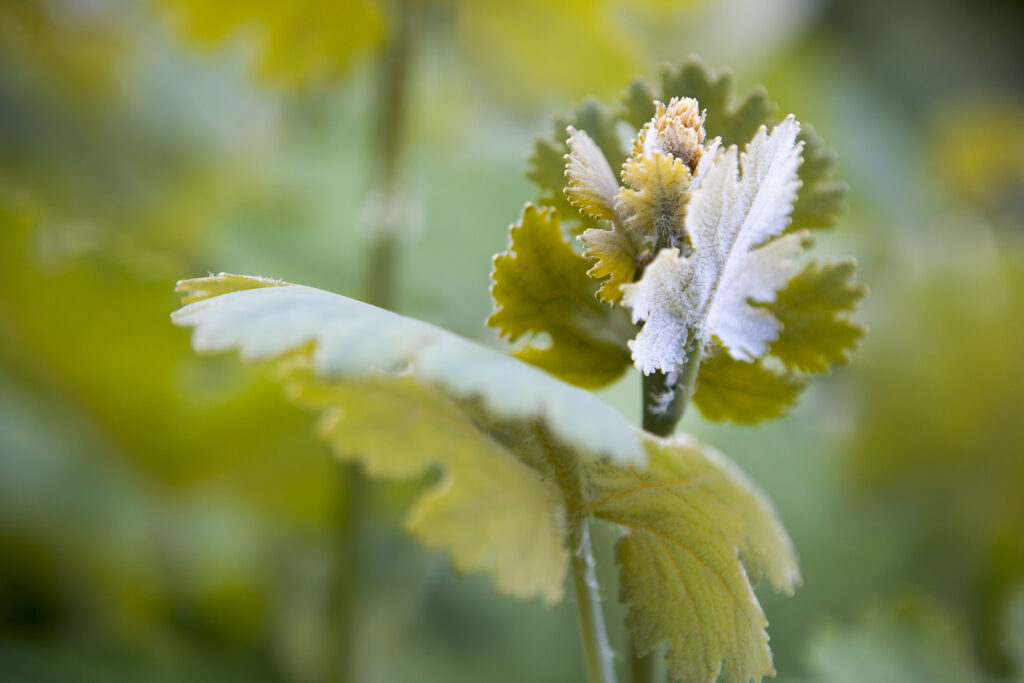
Planting and spacing Macleaya
- Give Macleaya plenty of room to spread—allow 6 feet (2m) between plants—and plan on managing the amount of space they occupy by digging up plants and rhizomes that pop up where they are not wanted.
- Planting in a large container, either above ground or sunk in the soil, also offers a way to control their spread.
- Another option is a site bordered on two or more sides by a wall or other barrier.
How to water and feed Macleaya
- Give Macleaya regular water.
- Feed Macleaya with an all-purpose organic fertilizer in spring.
How to care for Macleaya
- Staking isn’t needed.
Macleaya pests and diseases
- Macleaya are susceptible to attacks by slugs on young growth.
- Watch Macleaya for leaf spots.
Macleaya propagation
- Divide Macleaya in late autumn or spring every two years or as needed to reduce crowding among clumps.
- Separate and transplant rooted rhizomes when dormant.
- Take root cuttings in winter.
- Macleaya seed will germinate in 21 to 28 days at 70°F (21°C); refrigerate seeds for 7 days before sowing to increase the germination rate.
Macleaya varieties to grow
- Macleaya cordata, Plume poppy, rhizomatous perennial with 5- to 7-lobed, gray- to olive-green leaves, white-downy beneath. In mid- and late summer, produces large, plume-like panicles of pendent, buff-white flowers, each with 25-40 stamens, on gray-green stems. To 8 feet (2.5m) tall and 3 feet (1m) wide. China, Japan.
- M. x kewensis, rhizomatous perennial with 5- to 9-lobed, gray-green leaves. Creamy buff flowers, each with 12-18 stamens, are produced in loose, terminal panicles in early and late summer. To 8 feet (2.5m) tall and 3 feet (1m) wide or more. Garden origin.
- M. microcarpa, Kelway’s Coral Plume, rhizomatous perennial with 5- to 7-lobed, gray- to olive-green leaves, white-downy beneath. Large, loose panicles of pendent, deep buff- to coral-pink flowers, each with 8-15 stamens, open from pink buds in early and midsummer. To 7 feet (2.2m) tall and 3 feet (1m) or more.

